
- Sustainable Planet -
- 6mins -
- 441 views
10 sensible reasons to fill our cities with trees
How urban trees can help to mitigate some of the negative impacts and social consequences of urbanisation, and thus make cities and their inhabitants more resilient to these changes.
10 Sensible Reasons to turn urban jungles into urban forests
Few things can compare with the aesthetic impact and seasonal interest that trees offer the urban setting. They provide huge visual appeal to any area and can significantly enhance the design of a streetscape. What’s more, trees can contribute to the increase of local food and nutrition security, providing food such as fruits, nuts and leaves. Here are what we think are 10 Sensible Reasons to Fill Our Cities With Trees
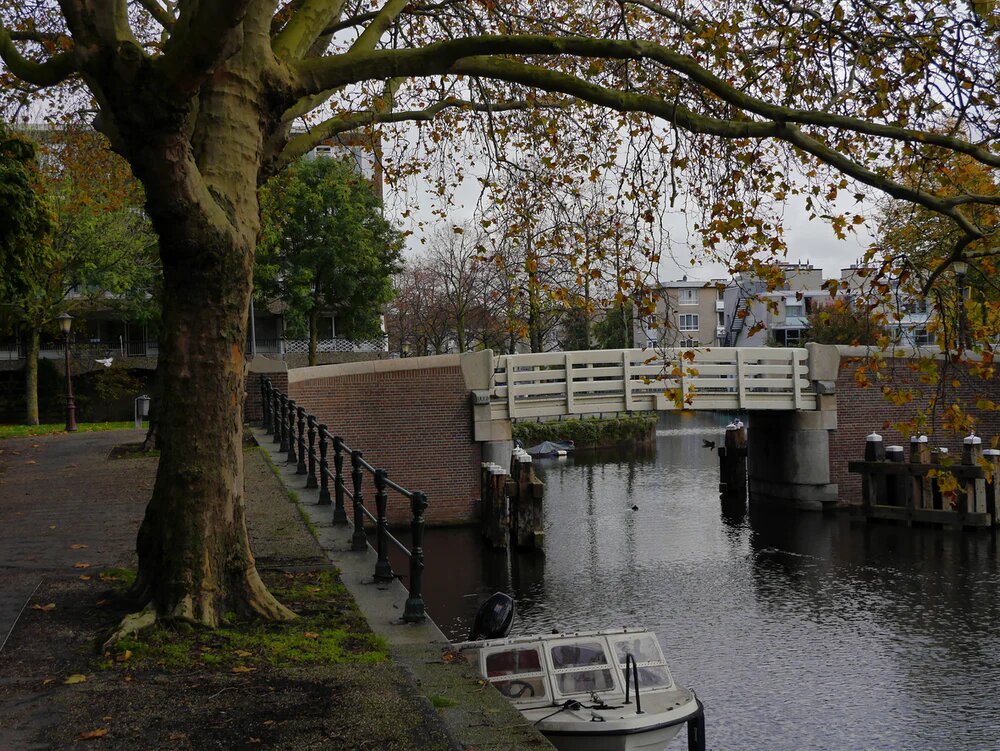
1. Urban trees provide habitats for wildlife
According to the Woodland Trust, urban woods and trees support a huge range of wildlife. As somewhere to feed, shelter and breed, they are vitally important for connectivity and supporting species in urban areas.
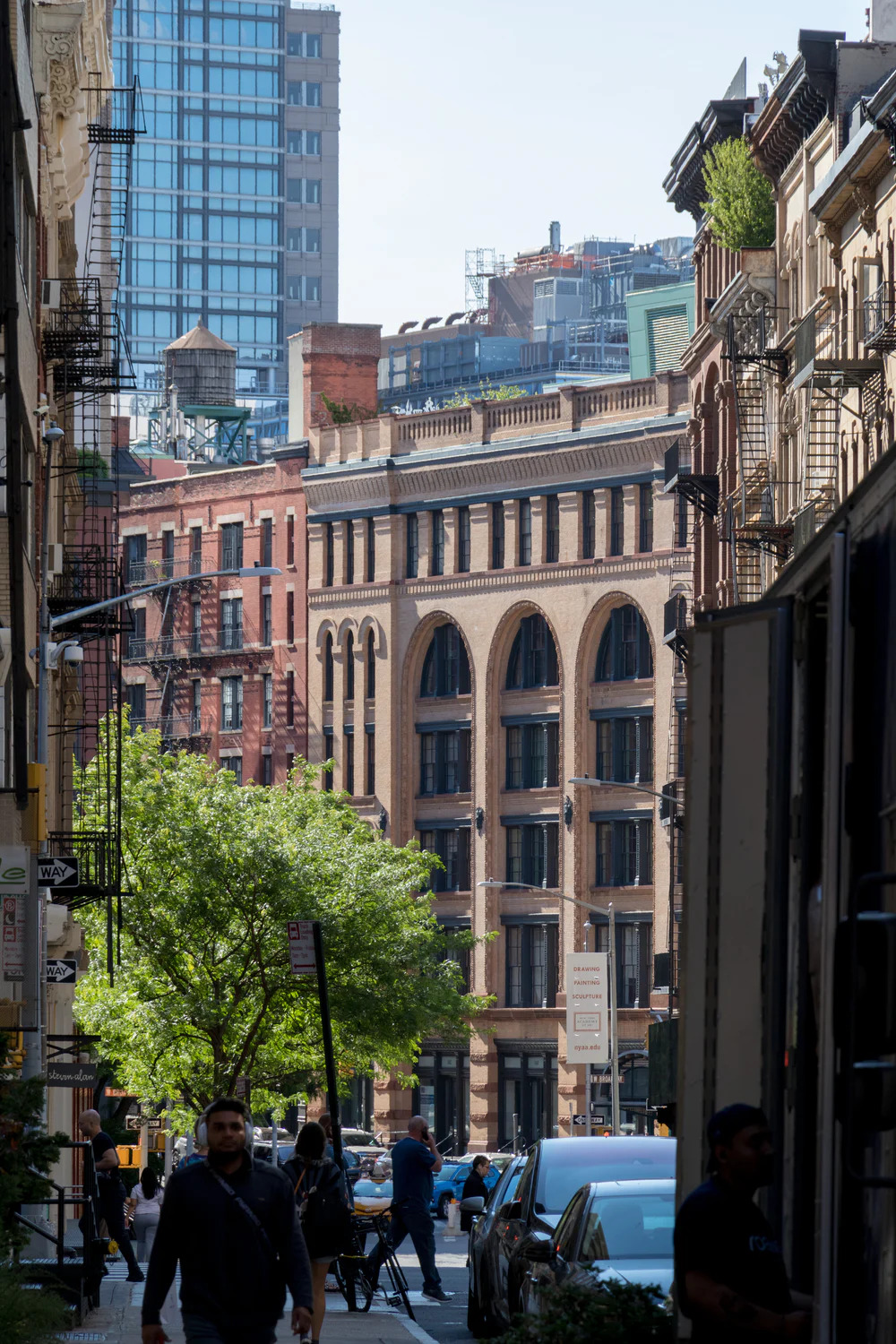
2. Air Quality & Climate Change
Large trees are excellent filters for urban pollutants and fine particulates. They absorb pollutant gases (such as carbon monoxide, nitrogen oxides, ozone and sulfer oxides) and filter fine particulates such as dust, dirt or smoke out of the air by trapping them on leaves and bark.
A mature tree can absorb up to 150 kg of CO2 per year. As a result, trees play an important role in climate change mitigation. Especially in cities with high levels of pollution, trees can improve air quality, making cities healthier places to live in.
For every 10% increase in urban tree canopy, ozone is reduced by 3-7%.
Trees are also proven to remove carbon from the air, getting absorbed and stored as cellulose in their trunks, branches, and leaves (a process known as sequestration). Planting trees remains one of the most cost-effective ways of drawing carbon dioxide from the atmosphere.
A single mature tree can release enough oxygen back into the atmosphere to support 2 humans – those are numbers to be paid attention to.
Research has also shown a 60% reduction in particulates from car exhaust fumes on streets lined with trees.
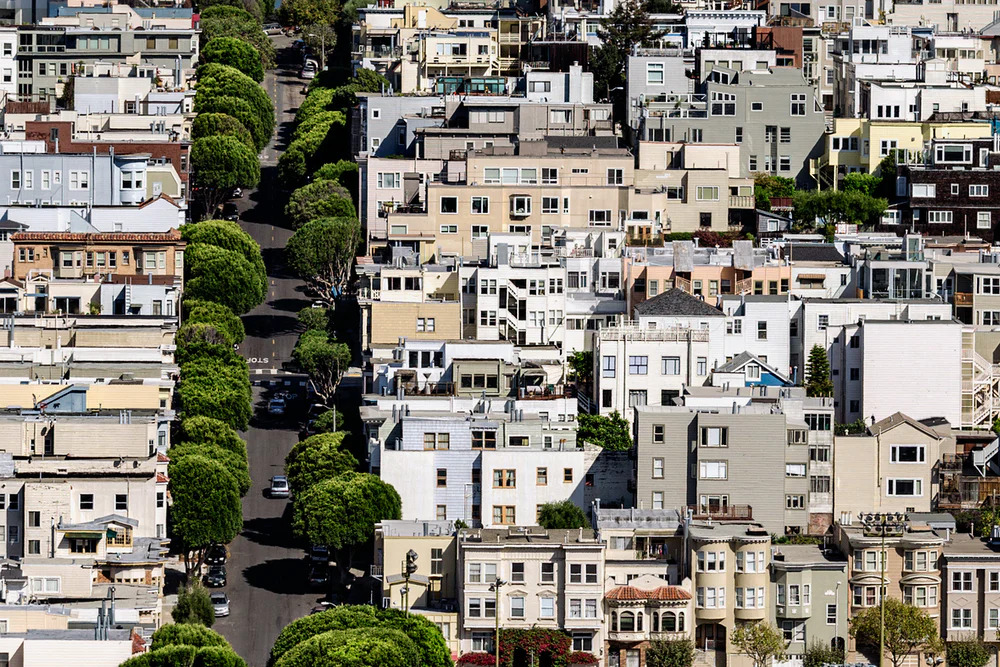
3. Cooling Effects
Strategic placement of trees in cities can help to cool the air between 2 and 8 degrees Celsius, thus reducing the urban “heat island” effect, and helping urban communities to adapt to the effects of climate change.
Trees reduce temperatures by shade and transpiring water. This helps reduce air conditioning bills and energy use. Studies have even proven that one mature tree can produce the same cooling effect as 10 room-sized air conditioners. This becomes an effective tool in reducing urban heat islands and hot spots in cities.
Trees can also save up to 10% of local energy consumption through their moderation of the local climate.
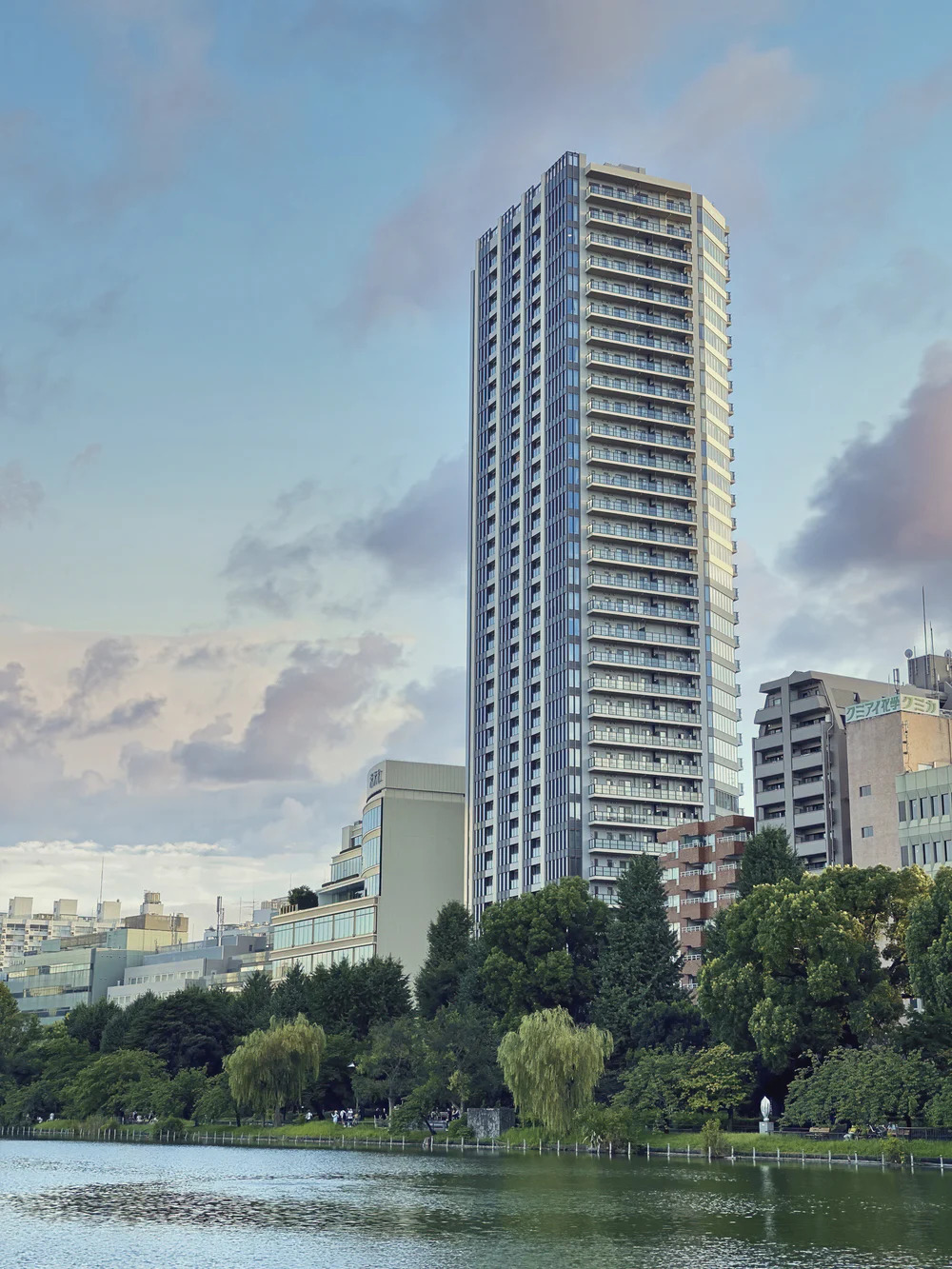
4. Managing Stormwater
Mature trees regulate water flow and play a key role in preventing floods and reducing the risk of natural disasters. A mature evergreen tree, for instance, can intercept more than 15 000 liters of water per year.http://www.fao.org/zhc/detail-events/en/c/454543/
For every 5% of tree cover in a community, stormwater runoff is reduced by 2%. Trees prevent stormwater runoff from reaching water courses with harmful chemicals collected from roads and sidewalks. https://www.smartcitiesdive.com/ex/sustainablecitiescollective/why-we-need-trees-our-cities/1100050/
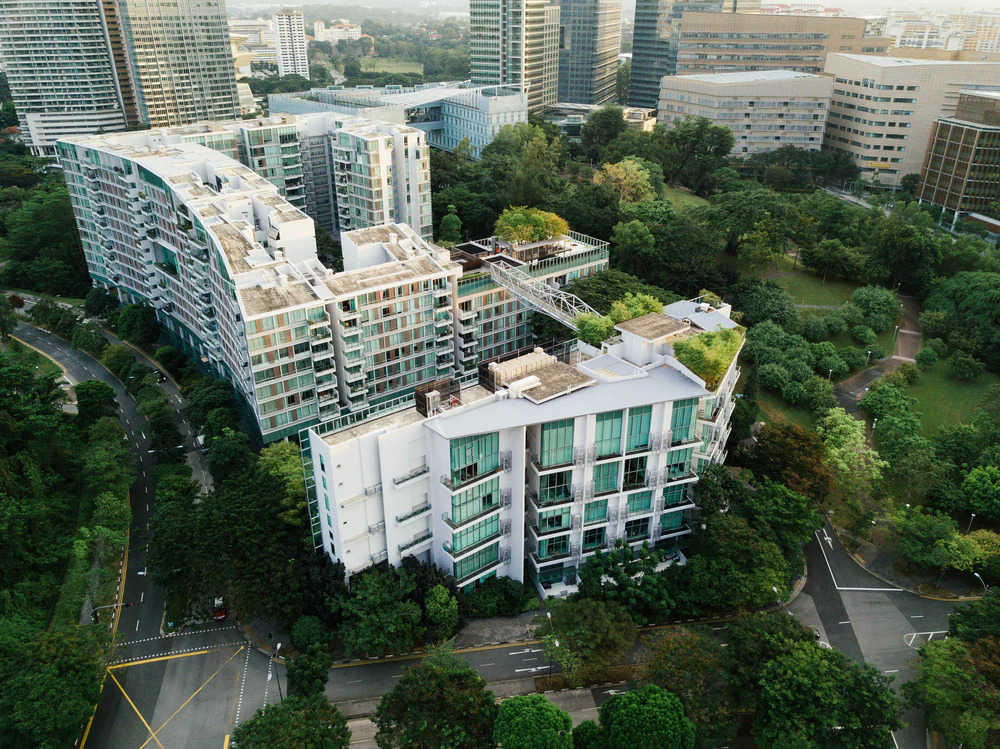
5. Property Values Increase
Planning urban landscapes with trees can increase property value, by up to 20%, and attract tourism and business. Independent studies have shown a consistent 5-15% increase in property values on tree lined streets, proving that trees increase commercial and residential real estate values.

6. Health & Well-Being
Research shows that living in close proximity of urban green spaces and having access to them, can improve physical and mental health, for example by decreasing high blood pressure and stress. This, in turn, contributes to the well-being of urban communities.
Trees have also been shown to have a positive impact on skin cancer, asthma, hypertension, and other stress related illness by filtering out polluted air, reducing smog formation, providing shade from solar radiation, and providing an attractive, calming setting for recreation.
Sulphur dioxide, nitrogen oxides and particulates, carbon monoxide, cadmium, nickel, and lead are all pollutants that trees work constantly to remove from the air.
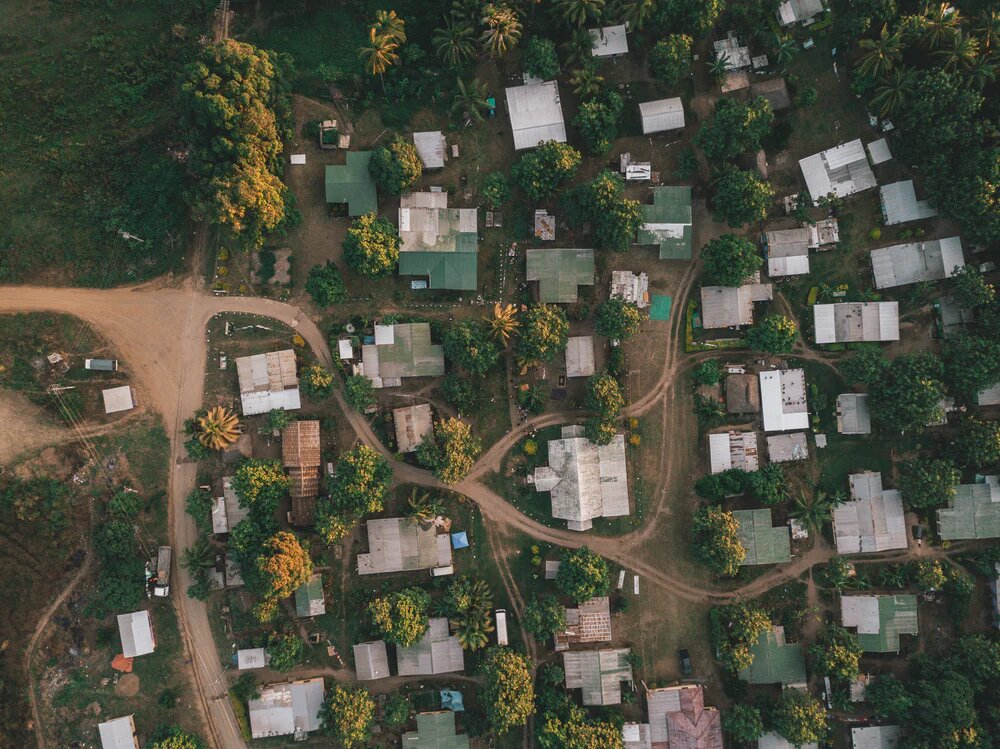
7. Reduce Carbon Emissions
Trees also help to reduce carbon emissions by helping to conserve energy. For example, the correct placement of trees around buildings can reduce the need for air conditioning by 30%, and reduce winter heating bills by 20-50%.
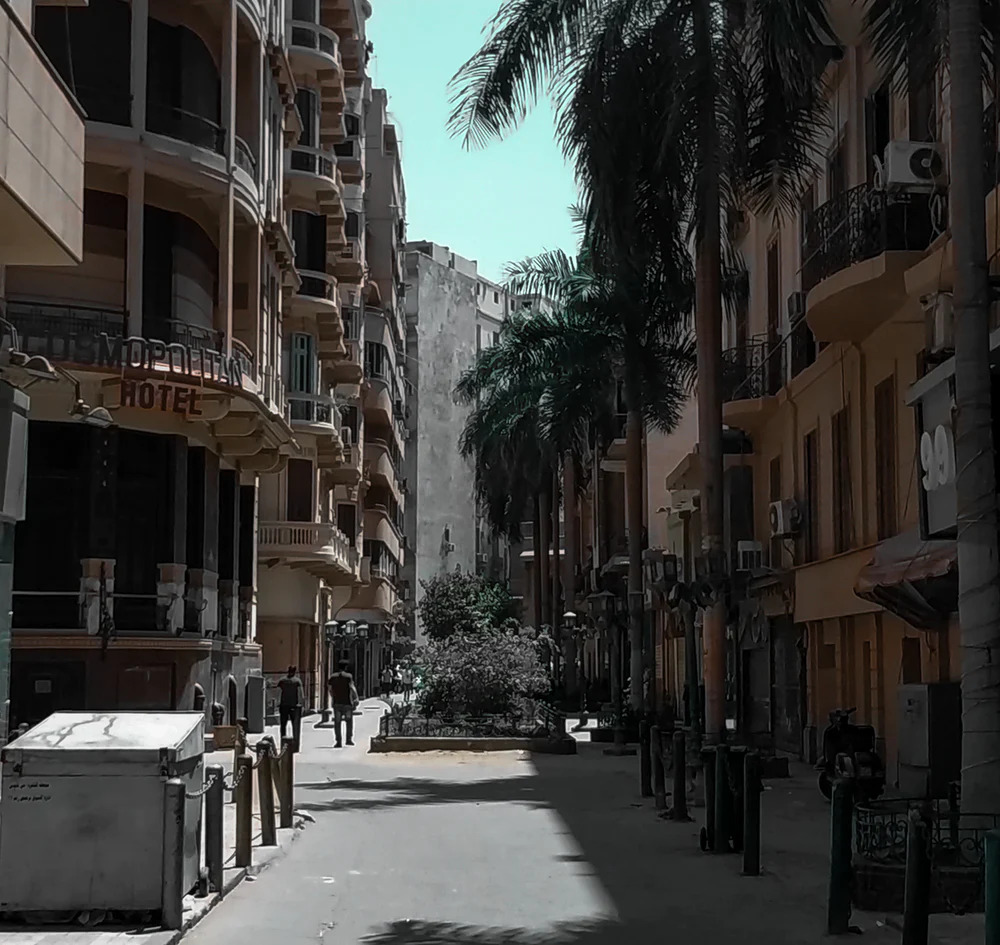
8. Adverse Wind Speed
Buildings increase wind speed as wind is forced to travel further around them. Trees significantly reduce wind speed up to a distance of 10x their height.

9. Cost Savings
For every $1 spent on trees, a return of $2.70 in benefits is received; according to the United States Forest Service. A similar study performed in the U.K. by Natural England calculated that every £1 spent on tree planting yielded £7 savings, or a potential £2.1 billion if taken nationally.
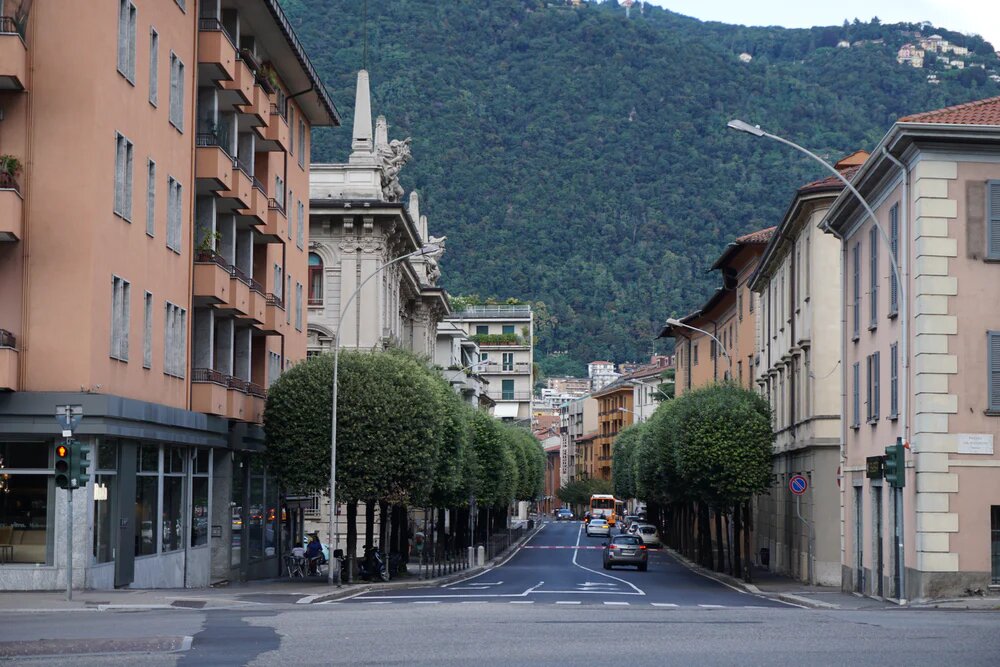
10. Crime Reduction
Researchers have discovered reductions in both violent and petty crime, including domestic violence through the therapeutic, calming influence of mature tree planting.

